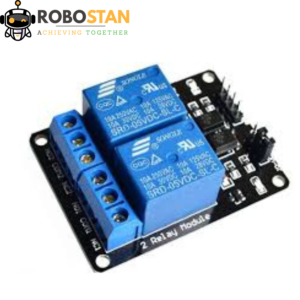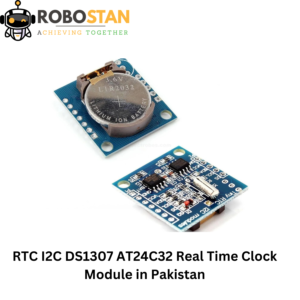
Sensor C
Because an APS-C image sensor is smaller than a full frame sensor, APS-C cameras have a smaller area to capture a scene. In other words, the scene is ‘cropped’, as illustrated below. Sencor C is available from Embeded Studio . By liking Our Facebook Page Embeded Studio , you can get special discount. Data Sheet of –Sensor C can be also downloaded from the link.
With an APS-C sensor, the angle of view is narrower. This creates the impression of being zoomed in more. Although the depth of field remains the same in both cases, the background is “sharper” than the same shot taken with a full frame sensor and the same aperture. So by using different image sensors, you have created two very different images.
Sensors approximating these dimensions are used in many digital single-lens reflex cameras (DSLRs), Mirror-less interchangeable-lens cameras (MILCs), and a few large-sensor live-preview digital cameras. APS-C size sensors are also used in a few digital rangefinders.
Such sensors exist in many different variants depending on the manufacturer and camera model. All APS-C variants are considerably smaller than 35 mm standard film which measures 36×24 mm. Because of this, devices with APS-C sensors are known as “cropped frame,” especially when used in connection with lens mounts that are also used with sensors the size of 35 mm film: only part of the image produced by the lens is captured by the APS-C size sensor. Sensor sizes range from 20.7×13.8 mm to 28.7×19.1 mm, but are typically about 22.5×15 mm for Canon and 24×16 mm for other manufacturers. Each variant results in a slightly different angle of view from lenses at the same focal length and overall a much narrower angle of view compared to 35 mm film. This is why each manufacturer offers a range of lenses designed for its format.
Based on 0 reviews
Be the first to review “Sensor C”
You must be logged in to post a review.





There are no reviews yet.